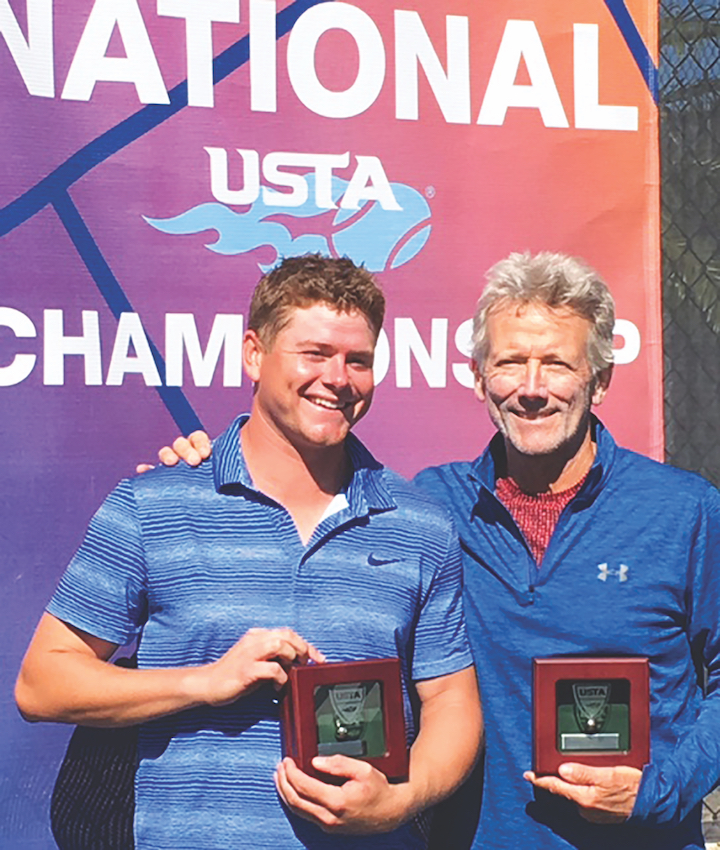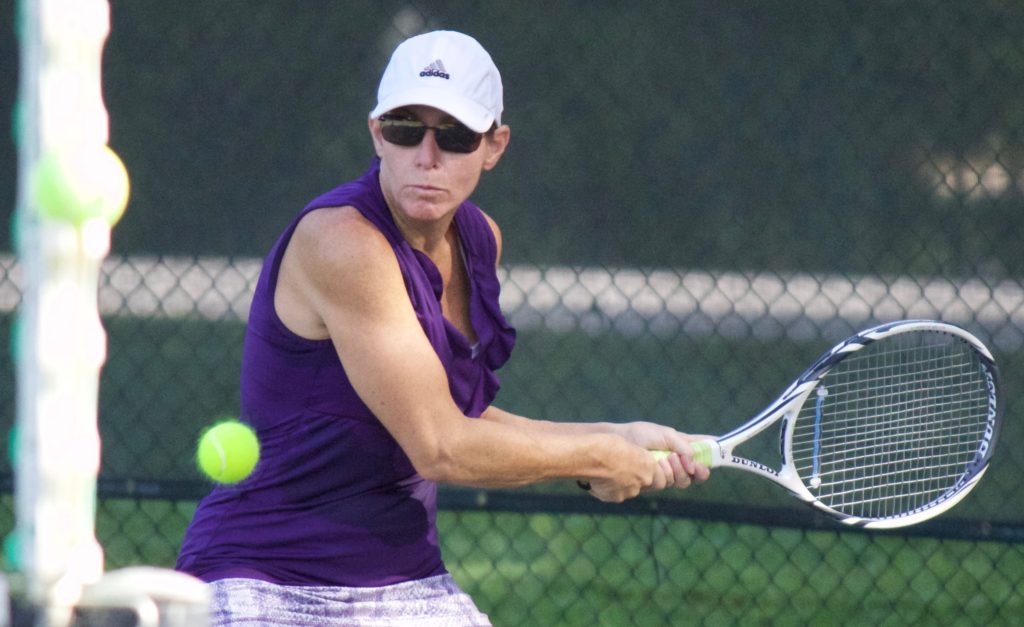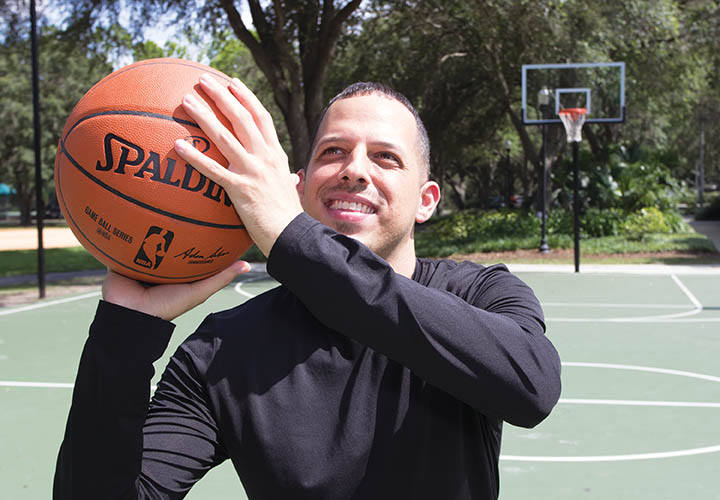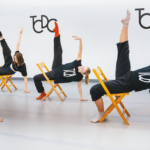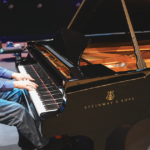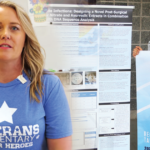This year’s school re-zoning brought a slew of new students to Hunter’s Green Elementary, as well as some cosmetic changes to the school. Because of the influx of students, the
Hunter’s Green resident and local dentist Jim Bowles won a Big 8 doubles championship while playing for the University of Oklahoma (in Norman) in 1972, but 45 years later, he
When the sparkling new U.S. Tennis Association (USTA) national campus in Lake Nona (part of Orlando) is unveiled this week, much of the Hunter’s Green Country Club (HGCC) tennis community will
Justin Dargahi doesn’t have the smoothest shot around. His form isn’t ideal, his finish isn’t textbook. In fact, you could argue he looks a little awkward as he fires the
By Gary Nager When I moved to Hunter’s Green in 1995, Hunter’s Green Country Club (HGCC) was already a few years old and the centerpiece of an exciting new community


